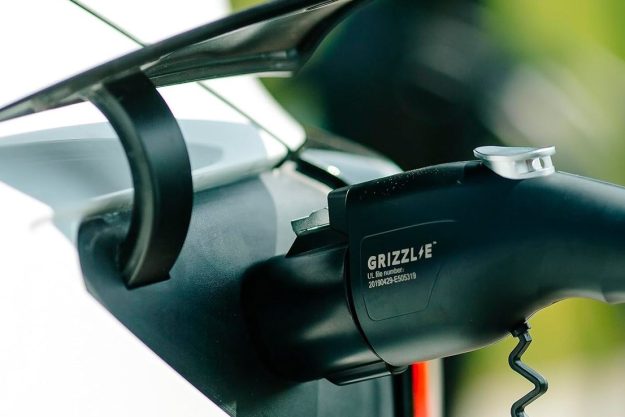It’s one thing to say your new pickup truck has serious off-road abilities. It’s another to put them to a grueling, and very public, torture test.
The Chevrolet Colorado ZR2 will compete in the Best in the Desert “Vegas to Reno” race, which runs between its namesake Nevada cities between Friday, August 18 and Saturday, August 19. The 550-mile race is billed as “America’s longest off-road race.” While it can’t match the length of Mexico’s legendary Baja 1000 (which clocked in at 830 miles last year), that’s still a long way to go without touching pavement.
Hall Racing will enter a ZR2 in the 7300 class for production midsized pickup trucks and SUVs. The class requires vehicles to retain most of their stock bodywork and mechanical components. The ZR2 will race with the 3.6-liter V6 engine and eight-speed automatic transmission found in showroom models, as well as a modified version of the stock suspension, which features trick Multimatic DSSV adaptive dampers.
Some modifications are required by the race rules, in the name of safety. Hall Racing added a roll cage, racing seats, with safety harnesses, and a 44-gallon racing fuel cell. The team also equipped the ZR2 with a row of KC HiLites lights on its roof, two-way radios, and GPS. Hall Racing certainly could have gone farther with the modifications, but the rules mandate vehicles in the ZR2’s class be as close to stock as possible.
So while many racing series claim to feature vehicles based on the ones people can actually buy, that really is the case here. Off-road racing may be the last bastion of truly stock (or at least, very lightly modified) vehicles in top-level motor sports. Foutz Motorsports entered a nearly-stock 2017 Ford F-150 Raptor in the 2016 Baja 1000 that was still street legal, so the team was able to drive it home after the race.
If the Colorado ZR2 finishes well in the Nevada race, it will go a long way toward proving that Chevy’s newest off-roader is the real deal. But first, truck and team will have to survive the race. As in all forms of racing, that outcome is far from assured.


